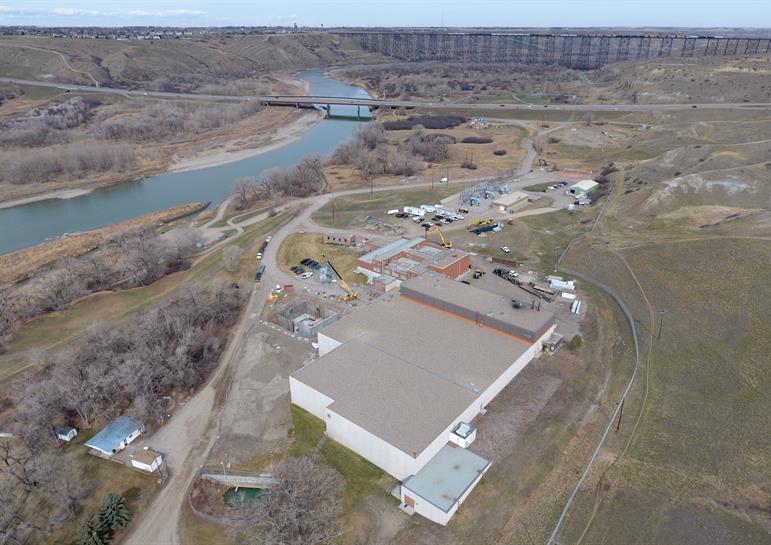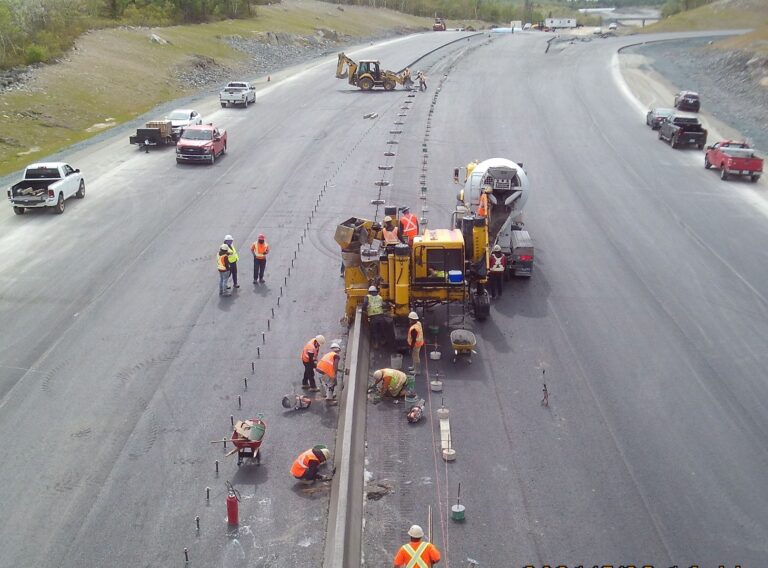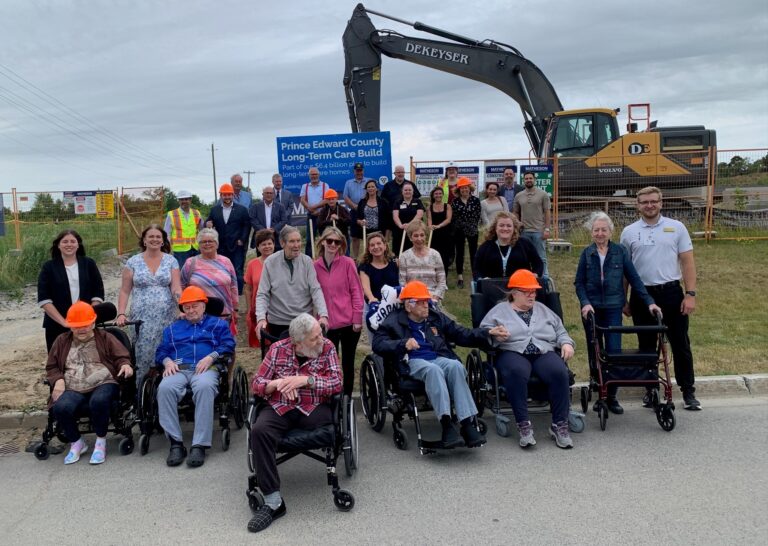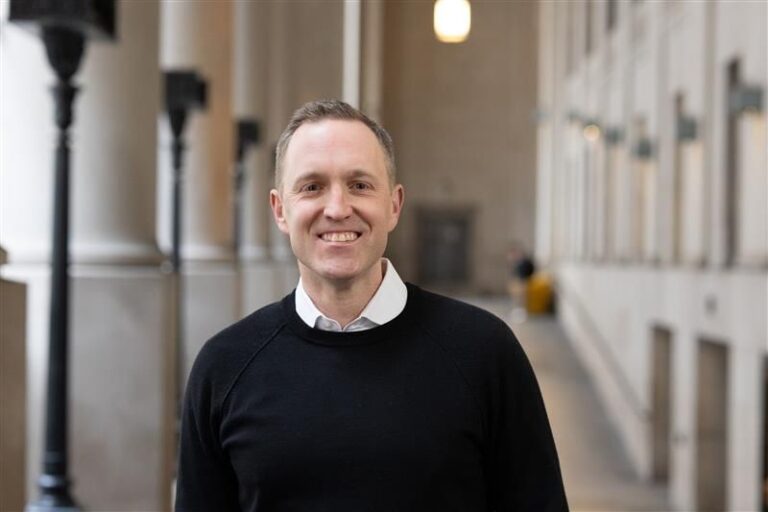The City of Lethbridge recently completed some new upgrades at its water treatment plant in order to enhance the quality of the water going back into the river.
The project – a collaboration between the owner (City of Lethbridge), the engineering firm (MPE Engineering) and the manufacturer – re-purposed several pieces of existing infrastructure in part of the old plant to implement better handling of residual waste streams to align with new regulations from Alberta Environment and Parks.
“Waste streams from the treatment process used to be discharged back to the river – we no longer do that,” said Tyler Bennett, water and wastewater engineer with the City of Lethbridge. “It’s all about protecting river quality and the environment. We made changes in a very quick and effective way that’s ultimately led to us having a good handle on the system early on in its operational lifecycle.”
The water treatment plant draws water supply from the Oldman River. The plant is capable of treating 150 million litres of water per day and uses a multi-step treatment process. The City of Lethbridge water distribution system consists of approximately 590 km of water main and six storage reservoirs with pump stations. The water mains and pump stations deliver water to residences and businesses throughout the city and neighbouring communities.
River water is collected into a raw water well and pumped up to clarifiers to remove particles in the water, measured as turbidity.
“During clarification the majority of the sediment and particles in the water is removed, and sent to the new residuals system for dewatering. This sludge from the clarifiers is the principle waste stream that is treated by the new dewatering facility. The sludge is thickened and pumped through rotary presses to dewater it. When it comes out, up to 1,000 kilograms an hour, it’s a clay-type substance that is ultimately taken to the landfill for disposal,” said Bennett.
“Waste streams from other stages of treatment, such as filter backwash from the filtration process, are sent to an equalization tank, where they can either be recycled to the head of the water treatment plant or to the wastewater treatment plant. By sending a portion of the waste stream water to the head of the plant for treatment we reduce the water we draw from the Oldman River. We’re allowed by the regulator to recycle up to 10 per cent of our plant flow.”
After undergoing the full treatment process, water enters clearwell storage and is pumped to six storage reservoirs throughout the city and pumped into the water distribution network.
“It’s all part of the process to ensure clean drinking water for our residents and customers while minimizing our impact on the environment,” added Bennett.
Featured image: (City of Lethbridge)











